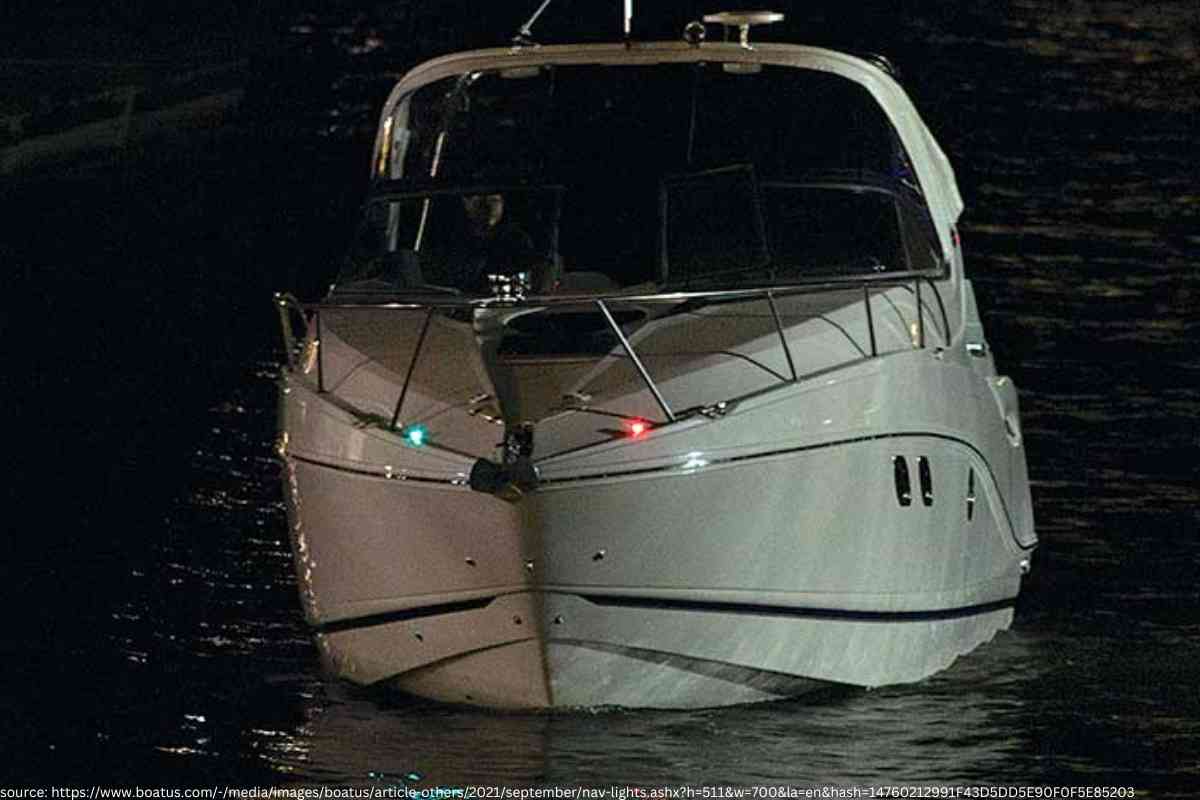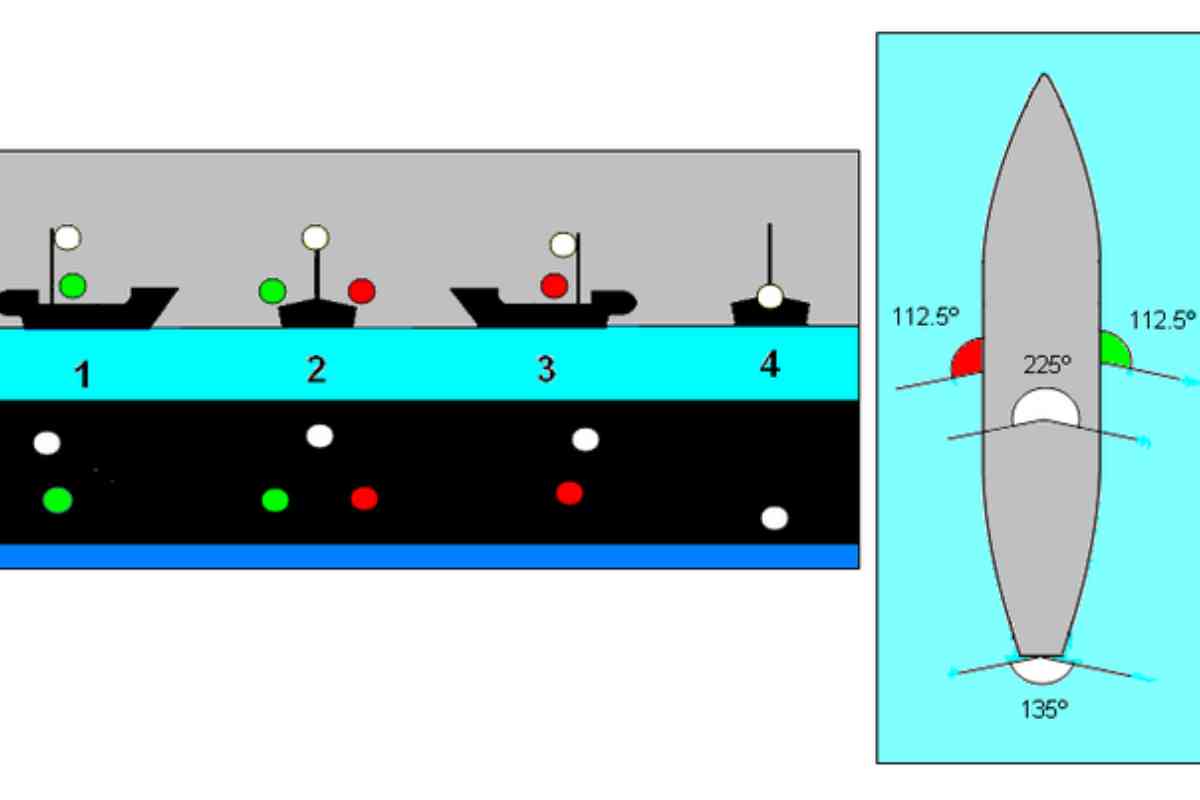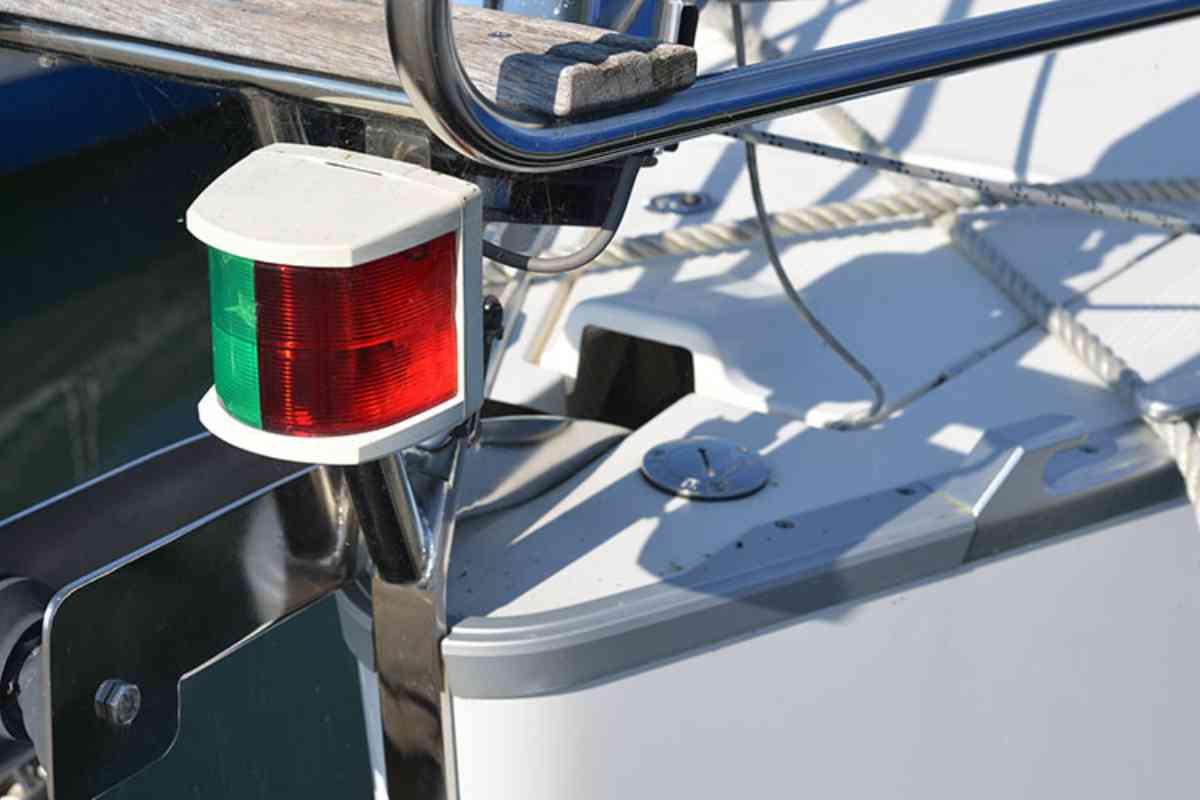Boat Navigation Light Requirements (Explained!)
When it comes to boating, safety should always be a top priority. One important aspect of boat safety is ensuring that your boat is properly equipped with the necessary lighting. Proper lighting not only helps you navigate the waterways, but it also makes your boat visible to other boatniers, especially at night.

What are the requirements for boat navigation lights?
All boats must have a red light on the port side and a green light on the starboard side of the bow, visible from at least 112.5 degrees from dead ahead to 22.5 degrees from behind the beam on both sides.
In this article, we will explore the different types of lights that are required on boats, including navigation lights, anchor lights, and other specialty lights.
We will also discuss the specific colors of lights that are required and when they should be used, so that you can make sure your boat is properly equipped for your next boating adventure.
Navigation Light Requirements
When it comes to boating, safety is always a top priority. Navigation lights are essential for ensuring that your boat is visible to other vessels in low light conditions. Here are the basic requirements for navigation lights on a boat:
- All boats must have a red light on the port (left) side and a green light on the starboard (right) side of the bow, visible from at least 112.5 degrees from dead ahead to 22.5 degrees abaft the beam on both sides.
- A white light must be visible from all around the horizon, placed as high as possible on the boat’s centerline.
- Boats less than 12 meters long can have a combined red/green light on the bow instead of separate lights.
- Boats less than 7 meters long can have an all-around white light instead of separate port and starboard lights.
It’s important to note that these are just the basic requirements. Depending on the type and size of your boat, there may be additional lighting requirements that you need to adhere to. Always consult the Coast Guard regulations for your specific situation.
Additionally, it’s important to ensure that your navigation lights are in good working order before heading out on the water. Check that all bulbs are functioning properly and that the lenses are clean and free of cracks. It’s also a good idea to carry spare bulbs and fuses onboard, just in case.

Types of Navigation Lights
Navigation lights are essential for safe boating, especially at night or in low visibility conditions. These lights help other boats to see your vessel and determine your direction of travel. There are several types of navigation lights that every boater should be familiar with:
Masthead Light
The masthead light is a white light that is mounted on the highest part of the boat. It shines forward and is visible from all directions. This light is required on all boats that are over 39.4 feet in length.
Sidelights
Sidelights are red and green lights that are mounted on the port and starboard sides of the boat. These lights are visible from the front and sides of the vessel and help other boats determine which way you are traveling. The red light is always mounted on the port side, and the green light is always mounted on the starboard side.
Stern Light
The stern light is a white light that is mounted on the back of the boat. It shines backward and is visible from all directions. This light is required on all boats that are over 39.4 feet in length.
Some boats may also have additional lights, such as an all-around white light or a flashing light. These lights are used to indicate specific information to other boats, such as the presence of a dredge or a fishing boat.
It’s important to ensure that all navigation lights are in good working order before heading out on the water. Boaters should also be aware of the rules and regulations regarding navigation lights in their area, as they can vary by state or country.
Colors of Navigation Lights
Navigation lights are a vital part of boating safety, and it’s important to understand what each light color represents. The International Regulations for Preventing Collisions at Sea (COLREGS) specifies the colors of navigation lights and their placement on boats. Here’s a breakdown of the colors:
- Red: The red light is located on the port (left) side of the boat and indicates the boat’s direction of travel.
- Green: The green light is located on the starboard (right) side of the boat and indicates the boat’s direction of travel.
- White: The white light is located at the stern (back) of the boat and is visible from all directions. It indicates the boat’s presence and size.
Navigation lights are required to be displayed from sunset to sunrise and during periods of reduced visibility. The lights should be bright enough to be seen from a distance of at least 2 nautical miles.
It’s important to note that navigation lights should not be confused with other types of lights on boats, such as anchor lights or deck lights. Anchor lights are white and are used when a boat is at anchor, while deck lights are used to illuminate the boat’s deck and are not part of the navigation light system.
Finally, it’s essential to ensure that navigation lights are in good working order before each trip. Burnt-out bulbs or faulty wiring can lead to dangerous situations on the water.

When to Use Navigation Lights
Navigation lights are an essential part of boating safety, and they must be used in specific situations to ensure the safety of everyone on board. Here are some situations when you should use navigation lights:
- When boating at night, navigation lights must be turned on. The lights should be visible from a distance of at least 2 miles away.
- In low visibility conditions, such as fog or heavy rain, navigation lights must be turned on to make the boat visible to other vessels.
- When approaching or passing another vessel, navigation lights must be turned on to indicate the boat’s position and direction of travel.
- When anchored or moored, navigation lights must be turned on to indicate the boat’s position to other vessels.
It is important to note that navigation lights must be used in accordance with the rules of the road. Failure to use navigation lights correctly can result in accidents and fines. Make sure to familiarize yourself with the rules and regulations regarding navigation lights before heading out on the water.
Conclusion
Choosing the right color lights for your boat is an important decision that can impact your safety and the safety of others on the water. It is crucial to follow the regulations set by the USCG and local authorities to ensure that you are using the correct lights for your vessel.
Remember that white lights are used to signal the presence of a vessel, while red and green lights indicate the direction of travel. It is also important to note that lights should be visible from a distance of at least two nautical miles.
When selecting lights for your boat, consider the size and type of vessel, as well as the conditions in which you will be boating. LED lights are becoming increasingly popular due to their energy efficiency and long lifespan, but it is important to ensure that they meet the USCG standards.
Overall, be sure to do your research and follow the guidelines to ensure that you are using the appropriate lights for your boat. By doing so, you can enjoy a safe and enjoyable boating experience.
